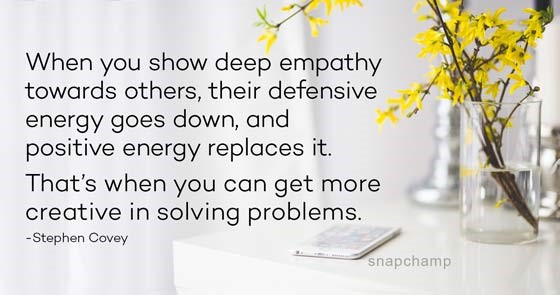It’s rather comical that I am writing this article, as I grew up as the poster child for rule following. My memory goes back to the sixth grade when a group of us walked to a classmate’s house for lunch. Back in the day, we could walk home for lunch but it was forbidden to go to a classmate’s house without written permission from a parent. When the group got caught I did not get any punishment because the principal didn’t believe little Kay Jones could have possibly done anything wrong. I can remember being devastated because I wasn’t getting detention along with the rest of the “outlaws”! It has taken me a lifetime to be gutsy enough to be different, to be a contrarian, to take a different stance on anything. A few years ago a colleague told me “I figure I am not being innovative if I have not irritated someone every day!”
The first time this paid off in my business was in an article I wrote for the Cincinnati Business Courier on September 13, 2002. It focused on women forgetting the glass ceiling and instead looking at one’s own internal ceiling. Though later in the article I acknowledged that the glass ceiling was alive and well, that contrarian stance grabbed the attention of the Courier.
Am I advocating being a pain in the backside just for kicks? Certainly not. What I am advocating is to look at your values and your innovative spirit to use them as a springboard for taking a stance in the workplace that may be contrary to what others are thinking. This could likely buy you some positive attention in the workplace. Think about people who have been different or contrarian in your lifetime. The first that pops up for me is Ralph Nader, political activist noted for his involvement in consumer protection, environmentalism and government reform. Fast forward from 1965 when Nader first came to prominence to 2019 when climate change activist Greta Thunberg came into wide recognition. You don’t need to be splashed all over the nightly news to be effective.
Perhaps you have an idea that is different from others in your workplace and you strongly believe in it and contend that it could be valuable. Taking that stance might be a bit scary for you or uncomfortable. You do not have to stand alone. I currently have a client who is new to her job but has a long history of expertise in her industry. She knows they need to be doing some things radically different. Being the new kid on the block, she is unsure if her viewpoint will be accepted. In our coaching, we discussed using industry standards and revered industry gurus as credibility backups. For you, it might be a Standard Operating Procedure from another company or industry, a legal precedent, or industry best practices. You can see that you do not have to stand totally alone. Your thought or idea doesn’t have to be 100% never tried; it just may be outside of what has been done at your place of work.
Where to start if your innovative juices have gone dry? Your values will likely hold the key. There is a step by step guide to getting started in Kay’s Corner this month. If you already have an idea but are a little queasy about floating it or you just need some guidance on this career step, please call me a 513-561-4288 or email me Kay@highheeledsuccess.com and we can discuss coaching options.

